
Chatbots, we’ve heard a ton about them as of late. Organizations consistently discover numerous reasons for integrating chatbots past supporting client assistance. They aid sales, advertising, recruitment, monetary and different administrations. Let’s dig a bit deeper to comprehend what they are, what they can do, and how chatbot app development happens.
What are Chatbots?
A chatbot is an artificial intelligence (AI) programming that can simulate a discussion (chat) with a client in a characteristic language by informing applications, sites, portable applications, or the phone.
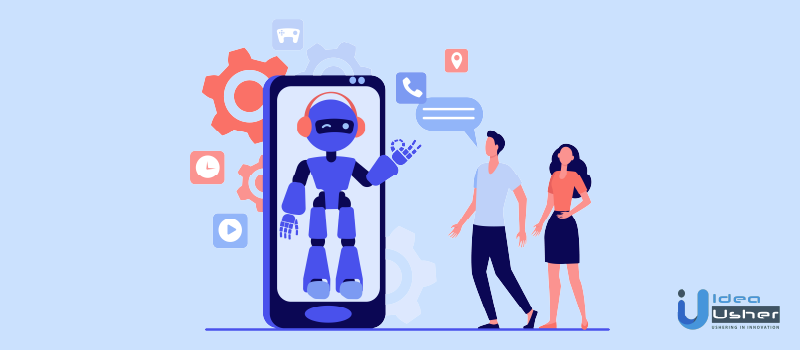
For What Reasons are Chatbots Significant?
Techies generally refer to chatbots as perhaps the most progressive and promising articulations of connection among people and machines. Be that as it may, a chatbot just addresses the normal development of a Question Answering framework utilizing Natural Language Processing (NLP) from a mechanical perspective. Planning reactions to inquiries in everyday language is perhaps the most typical example of Natural Language Processing applied in different endeavors’ end-use applications.
According to a report published by Com100, chatbots are capable of handling full conversations with customers and do so almost 70% of the time
Why Chatbots?
Composed language and speech are quickly turning into the UI of things to come. These days, we often observe that voice assistants (like Alexa or Siri) or text-based chatbots affect the innovation and how we’re utilizing it. In this article, we share our learnings (counting difficulties) of building a chatbot in a brief timeframe.
We also share some guidelines for chatbot app development and give bits of knowledge into significant viewpoints that organizations should consider in the structure interaction consistently.
Advantages of Chatbots
- Question-noting frameworks like Alexa are now used in families since they empower the occupants to rapidly get significant data or deal with their tasks simpler and quicker.
- Text-based chatbots, then again, are aiding different fields with robotized informing. They reach from VIP web-based media account the board, web-based business website support, food requesting, drawn-out structure filling (DoNotPay), or even psychological wellness (WoeBot).
- All things being equal, we shouldn’t move excessively diverted with the chatbot’s capacities — it’s evident to the vast majority of us when we’re managing a chatbot instead of an authentic individual.
- Chatbots smooth out connections among customers and administrations and upgrade customer fulfillment.
- Executing a chatbot in your business can improve customer commitment and save recruiting workers’ costs for generally determining assignments.
- Also, when a discussion gets perplexing, chatbots hand over the call to the human customer specialist.
How can businesses benefit from chatbots?
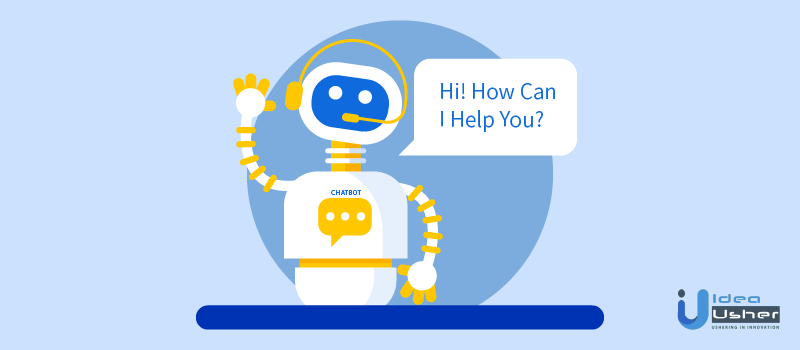
Chatbot applications streamline cooperations among individuals and administrations, upgrading customer experience. Simultaneously, they offer organizations new freedoms to improve customer commitment and operational effectiveness by lessening the run-of-the-mill cost of customer administration. Chatbot app development progresses at a very brisk rate as more organizations tend to deliver an impactful user experience.
1. Chatbots Function Day in and Day out
Most businesses might want to service their customers continually, yet that is frequently impractical because of the absence of a workforce or assets.
Chatbots, however, are consistent ‘on’ and can oblige your customers whether it’s morning, evening, or even after midnight. Regardless of whether they can’t address client questions, they can, in any case, save a customer’s subtleties and their inquiry and promise them that their inquiry will be passed on – obviously superior to leaving the customer in disappointment until they can address a specialist.
2. Chatbots Can Work Close by People
The greatest misinterpretation about chatbots is that they’ll assume control over services and robotize everything. They will ultimately leave businesses with no need for human employees. In any case, this is generally a legend; far-fetched to happen (in any event, not at any point in the near future).
Right now, chatbots manage questions unmistakably inside their abilities. A bot is at its most accommodating when customers ask basic inquiries because the data needed to react is assembling continuously. Be that as it may, chatbots can decide the requirement for a human specialist and pass on the customer’s inquiry for more intricate inquiries.
Thus, chatbots settle monotonous customer inquiries, open up service specialists to deal with more perplexing questions, and offer better support. Hence, chatbots help raise profitability for specialists as opposed to supplanting them.
3. Chatbots Help Cut Down on Operational Expenses
- Consistently, around 265 billion client assistance demands arrive at servers, costing organizations an incredible $1.3 trillion to support.
- The assistance of chatbots can fundamentally diminish these expenses. As per Chatbots Magazine, the execution of virtual specialists or chatbots can help organizations set aside 30 percent.
- What’s more, this bodes well: like we referenced, for example, employing specialists day in and day out for the entire year. And adding the assets expected to offer clients nonstop help can demonstrate essentially excessively exorbitant for some organizations.
- Be that as it may, chatbots help stay away from these expenses.
4. Chatbots Please your Clients
Chatbots can give clients a smooth encounter, so they appear to be a top pick with an extraordinary number of individuals: According to an online study, 44% of U.S. buyers primarily prefer chatbots rather than interacting with people with regards to client relations. That implies organizations can energize their clients while receiving another chatbot.
5. Chatbots can Gather Information and Assist you With Drawing in Clients
Chatbots gather client data like name, calling, and contact subtleties to make client profiles. They can likewise realize what clients request, their item inclinations, and the sky is the limit from there.
Therefore, chatbots can draw in the existing clients to brands and items through pop-up messages. They can likewise furnish clients with complete item subtleties if necessary and recommend pertinent substances. American customers are keen on getting chatbot suggestions along these lines. By some examination, 37% of all consumers — and 48% of millennials — are open to accepting suggestions or guidance from chatbots.
Applications of Chatbots
Chatbots are bringing a win-win situation for brands with respect to marketing. Hence, also minimizing the need for human resources for customer interaction services. A large variety of chatbot app development use cases indulge in the utilization of chatbots. After all, irrespective of the functionality and intelligence offered by chatbots, only some of them are really successful. Here are some real-life use cases of chatbots:
- Customer Support
- Product Suggestions (E-commerce)
- Food ordering
- Travel Booking
- Healthcare
- Mental Health Companion
- Hospitality
- Legal Activities
- General Marketing
Types of Chatbots
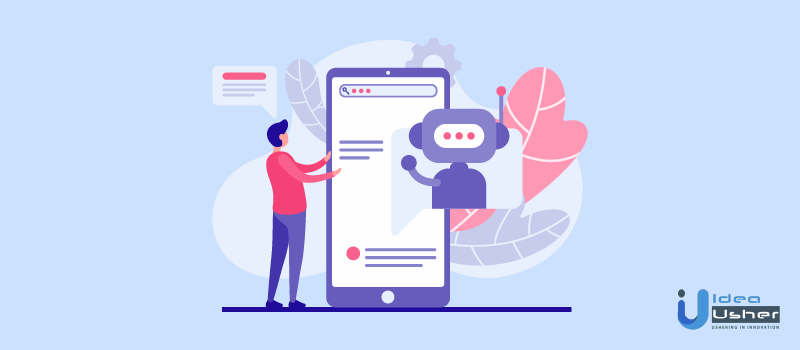
So far, we have presented what chatbots are and why businesses should incorporate them on their platforms. Moving forward, we overviewed the most common use cases of chatbot app development. In a general sense, chatbots are of different types. For instance, one made for a bank won’t be suitable for an e-commerce business. That applies to all the other domains with appropriate varieties of requirements and functioning methods. Let’s glance at the various types of chatbots, and we ultimately guide you in suggesting which type to choose for your business.
1. Basic Menu-based Chatbots
Menu/button-based chatbots are the most fundamental sort of chatbots currently executed in the market today. As a rule, these chatbots are celebrated choice tree chains of importance introduced to the client as catches.
The purpose of a button-based bot is to lead a user through a predefined scenario tree. This type of bot resembles a text-based IVR system. Just like an IVR, a button-based bot offers choices and asks for data. Usually, it says: “I’m a bot that can help you with the following issues, please press the relevant button: X, Y, Z…”
The creation of this type of bot does not require any AI capabilities from the development platform and takes minimal time and resources (e.g., one to a few days for the simple scenario). Usually, such bots are comparatively easy to create and require minimal professional competence. This bot can be published in any of the normal channels — as a web widget, in messenger apps, Alexa, or Google assistant.
A button-based bot is perfect for onboarding, surveys, sales support, and practically any simple process automation task. They fit specifically where the communication scenarios are clearly defined.
However, after a few weeks or months of operation, a company might want to cover more scenarios so that the simple button-based bot would not be enough.
2. Linguistic Based Chatbots
On the off chance that you can anticipate the kinds of inquiries, your customers may pose. A linguistic chatbot may be the answer for you. Linguistic or rules-based chatbots make conversational streams utilizing on the off chance that/rationale. To begin with, you need to characterize the language states of your chatbots. Conditions are sometimes forwarded to evaluate the words, the request for the comments, equivalents, and that’s just the beginning. If the approaching inquiry coordinates with the conditions characterized by your chatbot, your customers can get the appropriate assistance instantly.
In any case, you must guarantee that you characterize every stage and blend each question. The chatbot won’t comprehend your client’s information. That is the reason a linguistic model, while immensely normal, can be delayed to create. These chatbots offer inflexible services and particularity.
3. Keyword Acknowledgement Chatbots
Keyword/catchphrase acknowledgment-based chatbots can tune in to what users type and react appropriately. These chatbots use customizable watchwords and an AI application. They use Natural Language Processing (NLP) to decide how to serve an appropriate reaction to the client.
These kinds of chatbots miss the mark when they need to answer plenty of comparative inquiries. The chatbots will begin to slip when there are catchphrase redundancies between a few related inquiries.
It is very common to come across chatbots that are a half breed of watchword acknowledgment-based and menu/button-based. These chatbots furnish users with the decision to attempt to pose their inquiry straightforwardly or utilize the chatbot’s menu catches. One can check if the watchword acknowledgment usefulness yields helpless outcomes or the client requires some direction to discover their answer.
4. Contextual Chatbots
At any point, thought about what is a contextual chatbot? A contextual chatbot is by a long shot the most exceptional of the three bots talked about already. These sorts of chatbots use Machine Learning (ML) and Artificial Intelligence (AI) to recollect conversations with explicit users to learn and develop over the long haul. Not at all like keyword acknowledgment-based chatbots, contextual chatbots are sufficiently brilliant to self-improve. They depend on the thing users request and how they ask for it.
For instance,
- A contextual chatbot that permits users to arrange food.
- The chatbot will store the data from every conversation and realize what the client likes to arrange.
- The outcome is that at the end, when a client visits with this chatbot, it will recall their most basic request. It also includes the client’s conveyance address and their installment data and simply inquires whether they’d prefer to rehash this request.
- Rather than reacting to a few inquiries, the client simply needs to reply with “Yes” and the food is prepared!
While this food requesting model is rudimentary, it is not difficult to see exactly how amazing a conversation setting can be when outfitting with AI and ML.
A definitive objective of any chatbot ought to be to give an improved client experience over the option of the norm. Utilizing a conversation setting is perhaps the most ideal approach to abbreviating measures like these through a chatbot.
5. Fully-Fledged AI Chatbot
An organization should consider executing an AI bot when at least one condition is met:
- In the scenario where the organization receives more than a couple hundred questions per day
- The organization’s technical support or deals support staff surpasses 20 individuals.
- The organization wishes to help more correspondence channels (couriers, web gadgets, and so forth) without adding support staff.
- The greater part of the conversations is intentional and organized.
- There are top periods in interchanges when numerous customers contact the organization all the while and are exceptionally unhappy about the reaction delays.
- At the point when a massive extent of customers needs assistance and backing outside working hours.
An AI bot can automate the interaction in various scenarios, covering numerous approximately associated themes. We can analyze this using various real-life use cases such as,
- A telecom administrator chatbot can counsel on the duties and update alternatives, simultaneously report on the current customer’s use details.
- A retail deals support-bot counsels on different item classes, terms of procurement, and conveyance.
- A technical support bot conducts introductory symptomatic and offers assistance.
6. Voice-Chatbots
To make chatbots much more vernacular, organizations are currently starting to utilize voice-based chatbots or voice bots. Voice bots have been on the ascent for the most recent few years, with Apple’s Siri, to Amazon’s Alexa, and why? The answer is, in light of the comfort they bring. It’s a lot simpler for a client to talk instead of type. Voice bots bring frictionless encounters straightforwardly to the client.
By using the most natural interface — voice, these arrangements can appeal to users and carry many advantages to organizations. Nonetheless, the development of voice-based collections requires explicit domain ability from a planner, a language specialist, a UX originator, an engineer, and a scope of different callings.
To work viably, every individual from the group needs devoted apparatuses. There are not many voice arrangement development stages that help the entire development cycle. For instance, DialogFlow from Google, SAP Conversational AI, JAICP from Just AI.
Which Chatbot is the best for your business and Why?
While choosing if a chatbot is appropriate for you, place yourself in the shoes of your users. Consider the worth they’re attempting to get. Is conversational setting going to affect this worth fundamentally? Assuming not, it is just not worth the time and assets to carry out right now.
Something else to consider is your objective client base and their UX inclinations.
- A few users may like to have the chatbot control them with visual menu fastens. They can alternatively get an open-finished encounter where they’re needed to ask the chatbot inquiries straightforwardly.
- It is even more motivating to have users widely test your chatbot before you completely submit and push it live.
- The privilege chatbot is the one that best fits the offer you’re attempting to pass on to your users.
- Sometimes, that could require venture-level AI abilities; notwithstanding, straightforward menu catches might be the ideal arrangement in different examples.
Steps to Chatbot Building
The following directions aim to manage you through the crucial advances important to perform chatbot app development from scratch. It will tell you the best way to track down the correct use case. It will also guide you to plan both the message understanding and the bot’s (reaction) age side. You just need to pick the correct tools and approaches for testing and conveying your bot. This is not a comprehensive guide. However, it should assist you with beginning with the arranging and manner of thinking around your own chatbot
Step 1: Decide the Role of the Bot and Set Goals
Before you begin chatbot app development, recognize what you need your bot to do and be explicit. Distinguish every necessary element and also address the execution assignments. Doing this forthright will prompt a hearty chatbot and preferably one that can manage most of the subjects your contact community handles today, remembering procedures for dealing with obscure responses to questions.
To begin, consider an unassuming goal that coordinates with your client care reasoning. That comes with high certainty or to deal with a more extensive base of subjects to fulfill client needs? Ultimately, you can meet the goal, and yet there will learn and refining, which will happen once a chatbot is available for your customers to utilize.
Step 2: Analyze and Select a Channel
Text-oriented chatbots can live with respect to any communication channel that can convey a conversation. It is regardless of whether that is a conventional mobile transporter channel (SMS, USSD), or an informing app (Facebook Messenger, WeChat, Kik, Line, Viber), certain interpersonal organizations like Twitter, or talk implanted on a site.
In the event that you are considering adding a conversational encounter to your current mobile app, pose this inquiry: does this experience add sufficient net worth that it legitimizes the venture? App exhaustion is beginning to diminish app download and commitment rates and can likely affect the utilization of in-app visits.
Whatever channel you like, ensure it offers an open API so bots can be automatically implanted.
Step 3: Build a Conversational Layout
Thi step holds high importance in the chatbot app development cycle. Chatbots, particularly those noting habitually asked client inquiries, are alternate UI sort than a standard graphic UI (GUI).
- GUIs limit the possible client connection to a limited arrangement of choices that the originator can undoubtedly cook for.
- Conversational UIs (CUIs) are open-finished by plan: the client can send any content, and human language is known for permitting limitless approaches to say exactly the same thing with various words.
- Chatbots are about a persistent conversation taking into consideration quite a few turns taken between the bot and the client.
Step 4: Plan Dialog Follow-ups and Storyboards.
While making Conversational Architecture is an activity to assist you with getting your substance sorted out. And start considering the ideal approaches to word the bot’s answers. The exchange stream really expounds required for your engineer to carry out the bot.
Step 5: Plan the Integrations
Mixes can be just about as shifted as the applications you need to computerize. Are there effective current integrations as well as data that can be utilized to help the client experience with your bot? On the off chance that you as of now have a reconciliation with your current self-administration stages (web or voice) to a portion of your frameworks, similar incorporations might be re-utilized for chatbot purposes. For instance, if your IVR application as of now confirms your client and can give request status data, at that point, in all likelihood, the joining can be re-utilized for your chatbot.
Step 6: Prepare/Gather Chat Data
Regardless of what stage you use to make your bot, perhaps the main asset you will require is an assortment of sentences reflecting various approaches to communicate every single one of the goals and space esteems your bot should perceive. This asset can be hard to make due to the astounding variety of human language and the designer’s creative mind’s restrictions. The ideal asset is real content from conversations with customers.
Step 7: Pick a Platform and a Development Approach
Most chatbots believe the critical undertakings to be performed on natural language sentences to be:
(1) to decide the plan of the sentence (what is the client asking or mentioning? What use case does he wish to start?) and
(2) to remove data from the sentence (what choices has the client mentioned? What data would he say he is giving to you?).
There are two unique approaches to these errands: one dependent on unequivocally making rules starting from the top and utilizing AI calculations to take in the assignment from an enormous corpus (an assortment of composed writings) of translated connections.
Step 8: Internal and Combined Testing
Presently you’re prepared for the second utilization of your corpus of model sentences: robotized testing. You additionally need however many assorted human analyzers as would be prudent for “real client” testing. Test and change your NLU segment just as the bot stream until you arrive at a satisfactory degree of precision. Note that this progression and the progression past to it are iterative and approximative. These are on account of the idea of human language and the limitless potential articulations of each goal. The goal of 100% exactness is an unattainable one. Each time you repeat through these means, in any case, you draw nearer to high quality chatbot app development experience.
Step 9: Deployment and Revision
- Even though you’re all ready to go live, the work isn’t done when the bot gets conveyed.
- Regardless of whether your bot utilizes some sort of solo or semi-directed figuring out how to change its own conduct over the long haul, observing the main cooperations with real users will yield valuable data.
- Commonplace changes are in the phrasing of your bot’s reactions. As they may yield follow-up explanation inquiries by your customers, that wouldn’t be vital if the bot’s answer were more clear.
- You may have to change your goal grouping rationale through unequivocal control of the principles or giving more model sentences.
- At last, you may have to add new use cases if the planned use cases don’t cover most of the client demands.
- On the off chance that you really began little as suggested, this is the time when you are gathering the fundamental data. The data tells you which use cases are the critical ones to cover.
How can Idea Usher Help?
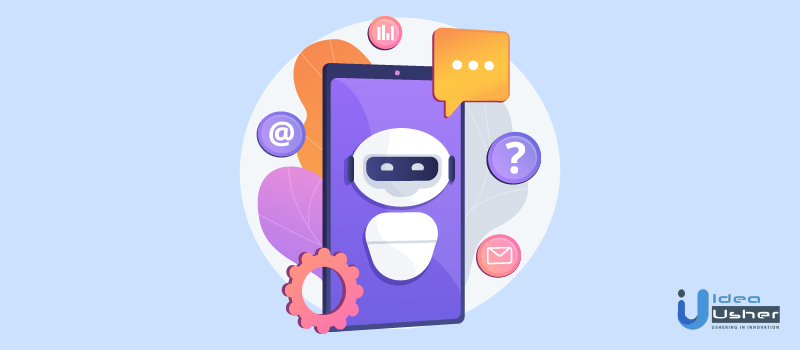
Like any appropriately planned automation project, Chatbots can carry considerable advantages to a business, improving administration’s pace and nature, saving expenses, expanding income, and reinforcing the brand.
Directing the main examinations with chatbots doesn’t need an immense spending plan, time, or assets. A company can “try things out” with a minuscule catch-based chatbot economically and without any problem. When the underlying speculations are tried, the company can advance this tool further, steadily adding assets, supporting new use cases, creating abilities.
A corporate chatbot is undoubtedly not a solitary inflexible arrangement, grown once and remaining unaltered. It is similar to a corporate site or a mobile app. It is preferably a journey over an objective. Furthermore, as in a real journey, the venture’s accomplishment generally relies upon your accomplices, their ability, the force of their advancements, and industry information. We at Idea Usher make sure the journey to building proficient and smart chatbots is outdone smoothly, and together we create intelligent experiences for your customers. Contact us now for a quote at [email protected].
Future Scope
- The chatbot app development expenses are deteriorating.
- An ever-increasing number of ventures wish to take advantage of the equivalent’s capability and convey improved client experience.
- Inarguably the chatbot app development world is dealing with the first concern to eliminate the obstructions to significant mainstream appropriation, and we will before long be seeing workers being increased by proficient and speedy chatbots.
Chatbots have far to go before they realize their maximum capacity. With billions of dollars of yearly venture and huge human resources focused on their development, chatbots will eventually produce huge future worth in both corporate and customer settings.
Many open inquiries remain. How should customized chatbots show going ahead? Further, numerous organizations endeavor to build up the most developed chatbot for the two buyers and undertaking. Will one company or item genuinely arise over the rest in the competition to build up the best chatbot? While numerous chatbots may demonstrate, practical, industry combination may prompt a solitary prevailing item.
Anyway, as the chatbot development business develops, what’s unmistakable is that it will just turn out to be more weighty in how companies and customers cooperate.
FAQ’s
Q. Is creating a chatbot difficult?
A. Creating a chatbot can be a challenging task that requires a solid understanding of natural language processing (NLP), machine learning, and software development. The complexity of building a chatbot largely depends on the specific use case and the level of sophistication desired.
Q. What is the difference between Chatbot building Platforms & frameworks?
A. Frameworks require more technical expertise than platforms, but they provide more flexibility and customization options for developers. With frameworks, developers have complete control over the code and can integrate the chatbot with other systems and services as needed.
Q. How is NLP used to build a chatbot?
A. Natural language processing (NLP) is a key component in building a chatbot that can understand and generate natural language responses. NLP techniques are used to analyze and process user input, extract relevant information, and generate appropriate responses. NLP algorithms can be trained on large datasets of human language to improve the chatbot’s ability to understand and respond to user inputs.
Q. What type of AI is a chatbot?
A. A chatbot typically uses a combination of several AI technologies, including natural language processing (NLP), machine learning (ML), and deep learning (DL). NLP is used to understand and generate human language, while ML and DL are used to improve the chatbot’s ability to learn from past interactions and make more accurate predictions about user intent.
Related posts:
- How Much Does It Cost To Build A ChatGPT-Like Chatbot?
- How to Select the Best Chatbot Development Company – A Guide
- AI Fitness Chatbot Development A Quick Guide
- Social media: The most powerful advertising tool to leverage your salon business
- AI ChatBots: Traits Of A Good Intelligent Bots
- How Chatbots can bring a Revolution in the Conventional Marketing Schemes
Powered by YARPP.
Vivek works as a content writer with Idea Usher under the content creation and marketing department. He believes in the limitless power of technology and is fond of blooming startup ideas. He firmly consolidates potential analysis of various tech domains along with research, delivering versatile blogs and polished content.
Hire the best developers
100% developer skill guarantee or your money back. Trusted by 500+ brands

Contact Us
- SCF 98, Phase 11, Sector-67 Mohali, 160062
- 651 B Broad St, Middletown, 19709, county New Castle Delaware, USA
- [email protected]
- (+1) 628 432 4305
HR contact details
Follow us on

Idea Usher is a pioneering IT company with a definite set of services and solutions. We aim at providing impeccable services to our clients and establishing a reliable relationship.
Our Partners
Contact Us
- SCF 98, Phase 11, Sector-67 Mohali, 160062
- 651 B Broad St, Middletown, 19709, county New Castle Delaware, USA
Follow us on

Idea Usher is a pioneering IT company with a definite set of services and solutions. We aim at providing impeccable services to our clients and establishing a reliable relationship.
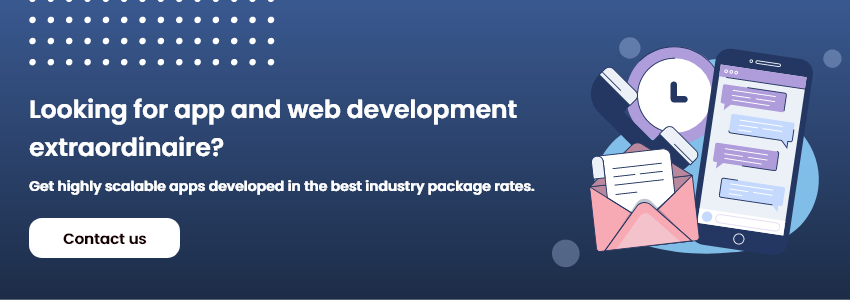




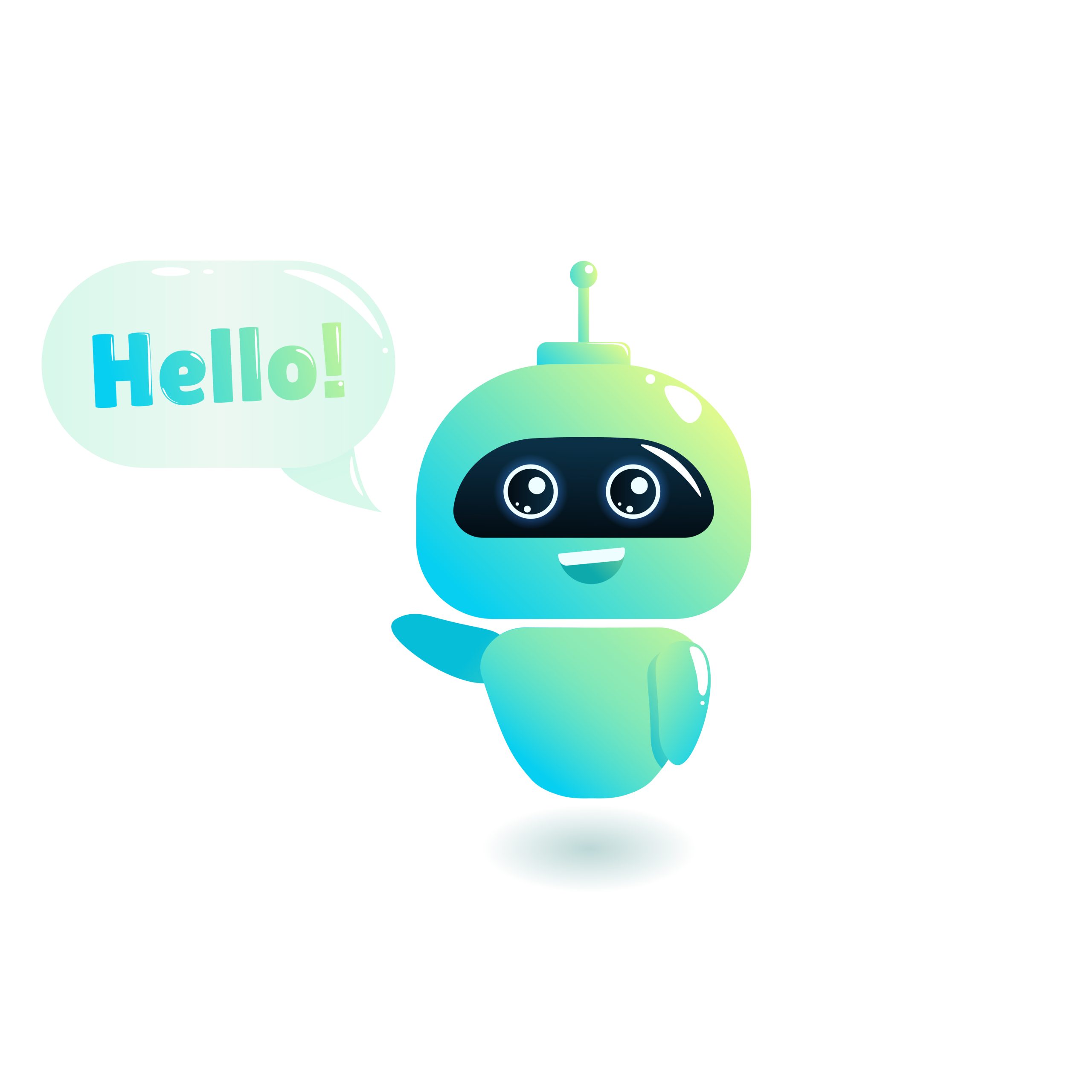


Vivek Badani